Home>Storage Ideas>Living Room Storage>How To Clean An Area Rug To Make It Look Like New Again


Living Room Storage
How To Clean An Area Rug To Make It Look Like New Again
Modified: January 9, 2024
Discover the best techniques to clean your area rug and bring back its pristine appearance. Transform your living room with expert tips on how to make your rug look brand new again.
(Many of the links in this article redirect to a specific reviewed product. Your purchase of these products through affiliate links helps to generate commission for Storables.com, at no extra cost. Learn more)
Introduction:
Having a beautifully decorated living room is a delight, but it can quickly lose its charm if clutter takes over. That’s where living room storage comes to the rescue! With the right storage solutions, you can maximize space, keep things organized, and create a more functional and aesthetically pleasing living area.
When it comes to living room storage, one key element that often gets overlooked is the area rug. An area rug not only adds warmth and texture to the room but also serves as a focal point that ties all the elements together. However, over time, the rug can accumulate dirt, stains, and all sorts of debris, making it lose its original allure.
Fortunately, cleaning an area rug is not as daunting as it may seem. By following the right cleaning methods and investing a little time and effort, you can bring your area rug back to life and make it look like new again. In this article, we’ll discuss the step-by-step process of cleaning an area rug and providing helpful tips for preventive maintenance.
Key Takeaways:
- Regular vacuuming, spot cleaning, and deep cleaning are essential for maintaining the beauty and longevity of your area rug. Follow care instructions and consult professionals for expert advice.
- Preventive maintenance tips, such as using rug pads, rotating the rug, and protecting it from sunlight, can minimize wear and tear and extend the lifespan of your area rug. Consistency and proactive care are key.
Choosing the Right Cleaning Method:
Before you start cleaning your area rug, it’s important to determine the right cleaning method based on the type of rug and the level of dirt and stains. Different rugs require different cleaning approaches to ensure the best results without causing damage. Here are a few common cleaning methods to consider:
- Vacuuming: If your area rug is made of synthetic fibers or has a low pile, regular vacuuming may be sufficient to keep it clean. Use a vacuum cleaner with a beater bar or rotating brush to effectively remove loose dirt and debris from the surface of the rug.
- Spot Cleaning: For small spills or stains, spot cleaning can be an effective method. Blot the affected area with a clean cloth or paper towel to absorb as much liquid as possible. Then, apply a mild detergent mixed with water to the stain and gently scrub it with a soft brush. Rinse the area with clean water and blot dry.
- Steam Cleaning: Steam cleaning is suitable for deep cleaning and sanitizing rugs made of natural fibers, like wool or cotton. It involves using a steam cleaner or hiring a professional to steam-clean the rug. It’s important to follow the manufacturer’s instructions and use the appropriate cleaning solutions to avoid damaging the fibers.
- Dry Cleaning: If your rug is delicate or has specific cleaning instructions, dry cleaning may be the best option. This method involves using a dry-cleaning solvent to remove stains and dirt. It’s recommended to consult a professional dry cleaner who specializes in rug cleaning to ensure safe and effective results.
Remember, always check the care instructions provided by the manufacturer before attempting any cleaning method. Some rugs may require specific treatments or professional cleaning to avoid damage. If you’re unsure about the appropriate cleaning method, it’s best to consult a professional rug cleaner for expert advice.
Removing Loose Dirt and Debris:
Before diving into any cleaning method, it’s essential to remove loose dirt and debris from your area rug. This helps prevent further spreading of dirt and ensures that the cleaning process is more effective. Here’s how to remove loose dirt and debris from your rug:
- Shake It Out: If your rug is small enough to handle, take it outside and give it a good shake. This will help loosen and dislodge any loose dirt, dust, and debris that may have settled in the fibers.
- Beat It: For larger rugs that cannot be easily shaken, you can use a rug beater or a broom handle to gently beat the rug from the underside. This technique helps to remove dirt and dust that may be trapped deep within the fibers.
- Use a Brush: Another method to remove loose dirt and debris is by using a soft-bristle brush or a carpet rake. Gently brush the rug in the direction of the fibers to loosen and lift any dirt or debris. Be careful not to use excessive force to avoid damaging the rug.
- Vacuum: Once you’ve removed as much loose dirt as possible through shaking, beating, or brushing, it’s time to vacuum the rug. Use a vacuum cleaner with a beater bar or rotating brush attachment to effectively pick up any remaining dirt or debris. Make sure to vacuum both sides of the rug to ensure a thorough cleaning.
Remember to pay special attention to the edges and corners of the rug, as these areas tend to accumulate more dirt. You may need to use the narrow crevice attachment of your vacuum cleaner or a hand-held vacuum for these hard-to-reach areas.
By removing loose dirt and debris before proceeding with the actual cleaning process, you’ll ensure that your area rug is ready for a more thorough and effective cleaning. This step will also help in prolonging the life of your rug and maintaining its overall appearance and quality.
Vacuuming the Area Rug:
After removing loose dirt and debris from your area rug, the next step is to thoroughly vacuum it. Vacuuming not only helps to remove embedded dirt and allergens but also fluffs up the fibers, making the rug look fresh and revitalized. Here’s how to properly vacuum your area rug:
- Choose the Right Vacuum Setting: Most vacuum cleaners have adjustable height settings. For low-pile rugs, set the vacuum to the lowest setting to prevent the fibers from getting pulled or damaged. For high-pile rugs, raise the vacuum height to ensure effective cleaning.
- Start with the Backside: Flip the rug over and start vacuuming the backside first. This will help dislodge any remaining loose dirt and dust that may have settled within the fibers.
- Vacuum the Front Side: Flip the rug back to the front side and begin vacuuming in the direction of the fibers. Overlap your strokes to ensure thorough cleaning. Slowly and steadily move the vacuum across the rug, allowing the suction to lift dirt and debris from the surface.
- Use Attachments for Edges and Corners: For hard-to-reach areas like edges and corners, use the crevice attachment or a hand-held vacuum to ensure thorough cleaning.
- Repeat if Necessary: If your rug is heavily soiled or hasn’t been vacuumed in a while, it may require multiple passes to remove embedded dirt. Be patient and continue vacuuming until the rug looks clean and fresh.
While vacuuming, be mindful of any fringes or tassels on the rug. Avoid vacuuming over them to prevent damage. Instead, gently lift them and clean the area around them using a brush attachment or by hand.
Regular vacuuming is essential to maintain the cleanliness and longevity of your area rug. Aim to vacuum your rug at least once a week, or more often in high-traffic areas. By keeping the rug free of dirt and debris, you’ll prevent the fibers from becoming dull and extend the life of your rug.
Spot Cleaning Stains:
Accidents happen, and spills or stains on an area rug can be inevitable. But don’t worry, with prompt spot cleaning, you can effectively treat stains and prevent them from becoming permanent. Follow these steps to tackle common rug stains:
- Act Quickly: The key to successful stain removal is to act as soon as the stain occurs. Blot the affected area gently with a clean cloth or paper towel to absorb as much liquid as possible. Avoid rubbing or scrubbing, as this can push the stain deeper into the fibers.
- Determine the Stain Type: Different stains require different cleaning techniques and products. Identify the type of stain you’re dealing with, whether it’s food, drink, pet stains, or oil-based stains like grease or makeup. This will help you choose the most effective cleaning method.
- Prepare a Cleaning Solution: Using mild detergent mixed with water, create a cleaning solution suitable for the stain. Test the solution on a small, inconspicuous area of the rug first to ensure it doesn’t cause any discoloration or damage.
- Apply the Cleaning Solution: Gently dab the stained area with a clean cloth or sponge soaked in the cleaning solution. Avoid saturating the rug with excessive moisture, as this can cause damage. Blot and repeat as necessary until the stain starts to lift.
- Rinse the Area: After treating the stain, rinse the area thoroughly with clean water to remove any residue from the cleaning solution. Blot with a clean cloth to absorb excess moisture. Repeat the rinsing process if needed.
- Dry the Rug: To facilitate drying, blot the cleaned area with a dry, clean cloth or use a fan to circulate air. Avoid direct sunlight or heat sources, as they can cause shrinkage or color fading.
It’s important to note that some stains, like red wine or ink, may require professional cleaning for optimal results. If your attempts at spot cleaning are unsuccessful or you’re unsure about treating a particular stain, it’s best to consult a professional rug cleaner for advice.
Remember, the key to successful stain removal is to address the stains as soon as possible. Prompt action can significantly increase the chances of removing the stain completely and preventing permanent damage to your area rug.
Vacuum your area rug regularly to remove dirt and debris. For a deeper clean, spot treat stains with a mixture of water and mild detergent, then use a carpet cleaner or hire a professional for a thorough cleaning.
Deep Cleaning the Rug:
While regular vacuuming and spot cleaning can maintain the cleanliness of your area rug, it’s important to give it a deep cleaning every once in a while to remove embedded dirt, allergens, and odors. Deep cleaning helps restore the rug’s freshness and rejuvenates its appearance. Follow these steps for a thorough deep cleaning of your area rug:
- Check the Care Instructions: Before proceeding with deep cleaning, check the care instructions provided by the manufacturer. Some rugs may have specific cleaning instructions or restrictions that you need to follow to avoid damage.
- Prepare the Cleaning Solution: Depending on the type and condition of your rug, you can choose to use a commercial rug cleaner or make your own cleaning solution. For homemade solutions, you can mix warm water with a mild detergent or opt for natural solutions like vinegar or baking soda. Test the solution on a small area first to ensure it doesn’t cause any discoloration or damage.
- Apply the Cleaning Solution: Using a clean sponge or brush, apply the cleaning solution to the entire rug. Work the solution into the fibers, focusing on any heavily soiled or stained areas. Avoid oversaturating the rug, as excessive moisture can damage the fibers or lead to mold growth.
- Scrub the Rug: Gently scrub the rug with a brush or use a carpet cleaning machine with soft bristles to agitate the cleaning solution and loosen the dirt. Pay extra attention to high-traffic areas and any visible stains.
- Rinse Thoroughly: After scrubbing, thoroughly rinse the rug with clean water to remove any residual cleaning solution. This step is crucial to prevent any detergent buildup that can attract more dirt in the future. Rinse repeatedly until the water runs clear, ensuring no soap residue remains on the rug.
- Remove Excess Moisture: Remove as much moisture as possible by blotting the rug with clean towels or using a wet-dry vacuum. You can also hang the rug outdoors or in a well-ventilated area to allow air circulation for faster drying.
- Drying the Rug: To complete the deep cleaning process, ensure the rug is completely dry before placing it back in the room. Lay it flat or hang it, avoiding direct sunlight or heat sources that can cause shrinkage or color fading. Use fans or open windows to improve airflow and expedite the drying process.
Deep cleaning your area rug periodically will help maintain its hygiene, remove deep-seated dirt, and extend its lifespan. However, if you’re not confident in your ability to deep clean the rug yourself, or if the rug requires delicate handling, it’s best to consult a professional rug cleaner for assistance.
Drying and Fluffing the Rug:
Once you have thoroughly cleaned your area rug, it’s crucial to dry it properly to prevent mold or mildew growth and to restore its original plushness. Proper drying techniques ensure that your rug retains its shape, texture, and overall appearance. Follow these steps to effectively dry and fluff your rug after cleaning:
- Remove Excess Moisture: Before starting the drying process, remove as much moisture as possible from the rug. Use clean towels or a wet-dry vacuum to absorb excess water. Press the towels firmly onto the rug or operate the vacuum over the surface in gentle, sweeping motions.
- Airflow and Ventilation: Create ample airflow and ventilation in the drying area. Open windows, turn on fans, or use dehumidifiers to facilitate faster drying. Adequate airflow helps prevent the buildup of moisture and reduces the risk of odors or mold formation.
- Avoid Direct Sunlight and Heat Sources: Although sunlight may help speed up drying, direct exposure to sunlight can cause color fading or shrinkage in certain rug materials. Keep the rug away from direct sunlight or heat sources such as radiators or heaters.
- Hang the Rug: If possible, hang the rug vertically using a clothesline, railing, or sturdy drying rack. This allows air to circulate around the entire rug and promotes even drying. Ensure that the rug is evenly distributed on the hanging mechanism to avoid distortion.
- Flip and Rotate: Periodically flip and rotate the rug while drying to prevent moisture from being trapped underneath. This helps to ensure all areas of the rug receive sufficient airflow and dry evenly.
- Use Fans or Blow Dryers (with caution): In some cases, you may use fans or blow dryers on a low or cool setting to speed up the drying process. Keep the blow dryer at a safe distance from the rug to prevent heat damage.
- Fluffing the Rug: Once the rug is completely dry, it may appear flattened or compressed. To restore its natural fluffiness, gently vacuum the rug using a vacuum cleaner with a beater bar or rotating brush. This action helps lift the fibers and restores the rug’s plush appearance.
- Final Inspection: After drying and fluffing the rug, inspect it from all angles to ensure it is clean, dry, and free of any remaining debris or stains. If any spots or stains persist, you may need to repeat the cleaning process or consider seeking professional assistance.
By following these drying and fluffing techniques, you can ensure that your area rug retains its original shape, texture, and visual appeal. Proper drying not only prevents damage to the rug but also guarantees a clean and inviting living room space.
Preventive Maintenance Tips:
Taking proactive steps to maintain the cleanliness and condition of your area rug can help prolong its lifespan and keep it looking like new. Here are some preventive maintenance tips to keep your rug in excellent shape:
- Regular Vacuuming: Vacuum your rug at least once a week, or more frequently in high-traffic areas. Regular vacuuming removes surface dirt and prevents it from embedding into the fibers.
- Rotate the Rug: Rotate your rug every few months to balance out the wear and tear. This distributes foot traffic evenly, preventing excessive wear in specific areas.
- Use a Rug Pad: Protect your rug and prevent it from slipping by using a rug pad underneath. A rug pad also adds cushioning, improves insulation, and helps the rug retain its shape and form.
- Blot Spills Immediately: Accidents happen, so it’s crucial to clean up spills promptly to prevent stains from setting. Use a clean cloth or paper towel to blot the spilled liquid right away, being careful not to rub the stain.
- Keep Food and Drinks Away: Avoid eating or drinking over your rug to minimize the risk of spills and stains. If you have young children or pets, designate a separate area for eating to reduce the likelihood of accidents.
- Protect from Sunlight: Excessive exposure to sunlight can fade and deteriorate your rug over time. Consider using curtains or blinds to shield the rug from direct sunlight, or rotate the rug periodically to ensure even fading.
- Professional Cleaning: While regular maintenance can keep your rug in good condition, professional cleaning is recommended every 12-18 months. Professional rug cleaners have specialized equipment and expertise to deep clean and remove stubborn stains without damaging the rug.
By incorporating these preventive maintenance tips into your routine, you can extend the life of your area rug and ensure its long-term beauty and functionality. Remember that consistency and proactive care are key to preserving the quality and appearance of your rug.
Conclusion:
Having a beautiful and well-maintained area rug can significantly enhance the overall look and feel of your living room. With the right cleaning methods and preventive maintenance, you can ensure that your rug remains in excellent condition for years to come. Regular vacuuming, spot cleaning, and deep cleaning are essential steps to remove dirt, stains, and allergens, while proper drying and fluffing techniques restore the rug’s original charm and plushness.
Remember to choose the appropriate cleaning method based on the type of rug and the level of dirt and stains. Follow the care instructions provided by the manufacturer and, if needed, consult professional rug cleaners for expert advice. Taking preventive measures, such as using rug pads, rotating the rug, and protecting it from sunlight, can help minimize wear and tear and extend its lifespan.
Maintaining a clean and fresh area rug not only elevates the aesthetics of your living room but also contributes to a healthier environment by reducing dust and allergens. So, commit to a regular cleaning and maintenance routine to ensure that your area rug continues to be a cherished part of your living space.
Investing time and effort in the proper care of your area rug will pay off in the long run, preserving its beauty and longevity. So, whether it’s vacuuming, spot cleaning, or deep cleaning, make it a habit to maintain your area rug regularly. By doing so, you can enjoy a clean, inviting, and aesthetically pleasing living room for years to come.
Frequently Asked Questions about How To Clean An Area Rug To Make It Look Like New Again
Was this page helpful?
At Storables.com, we guarantee accurate and reliable information. Our content, validated by Expert Board Contributors, is crafted following stringent Editorial Policies. We're committed to providing you with well-researched, expert-backed insights for all your informational needs.
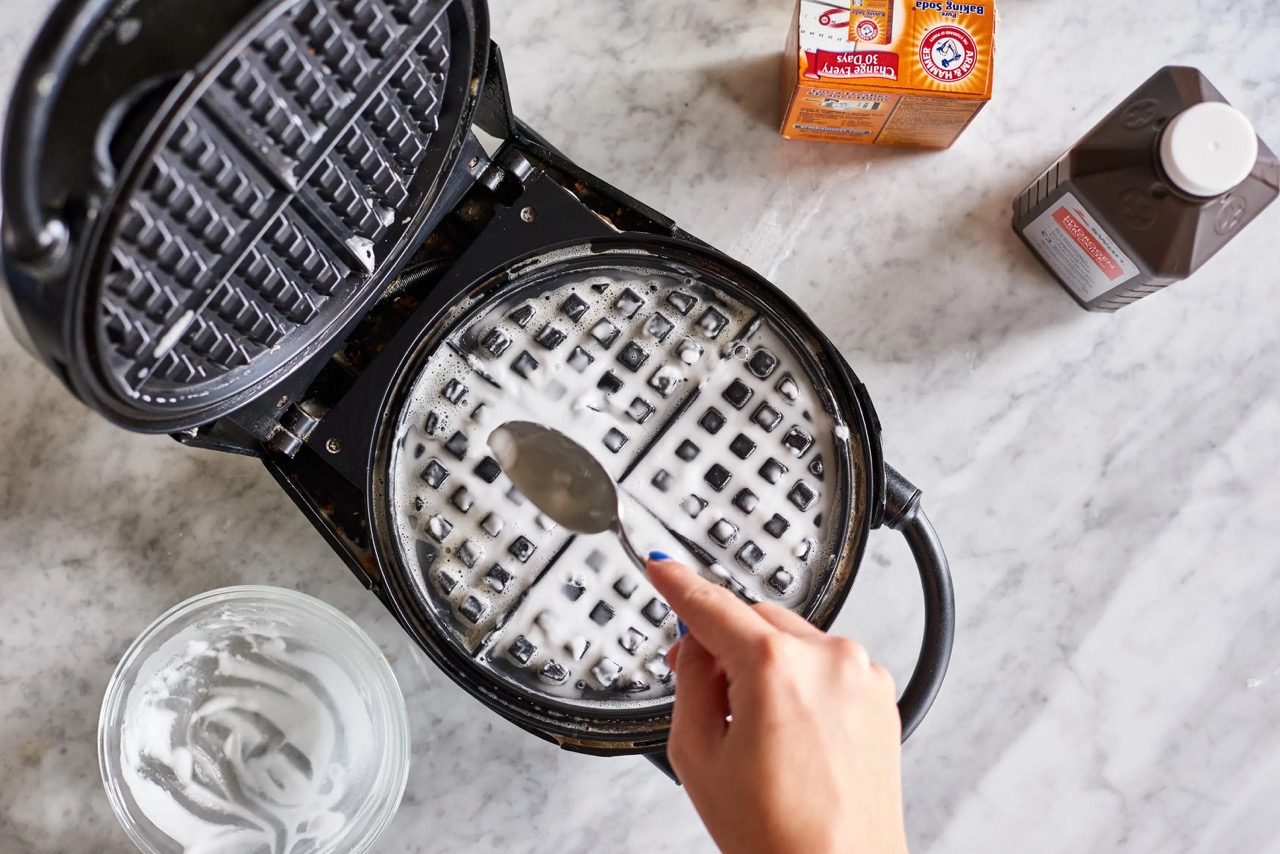
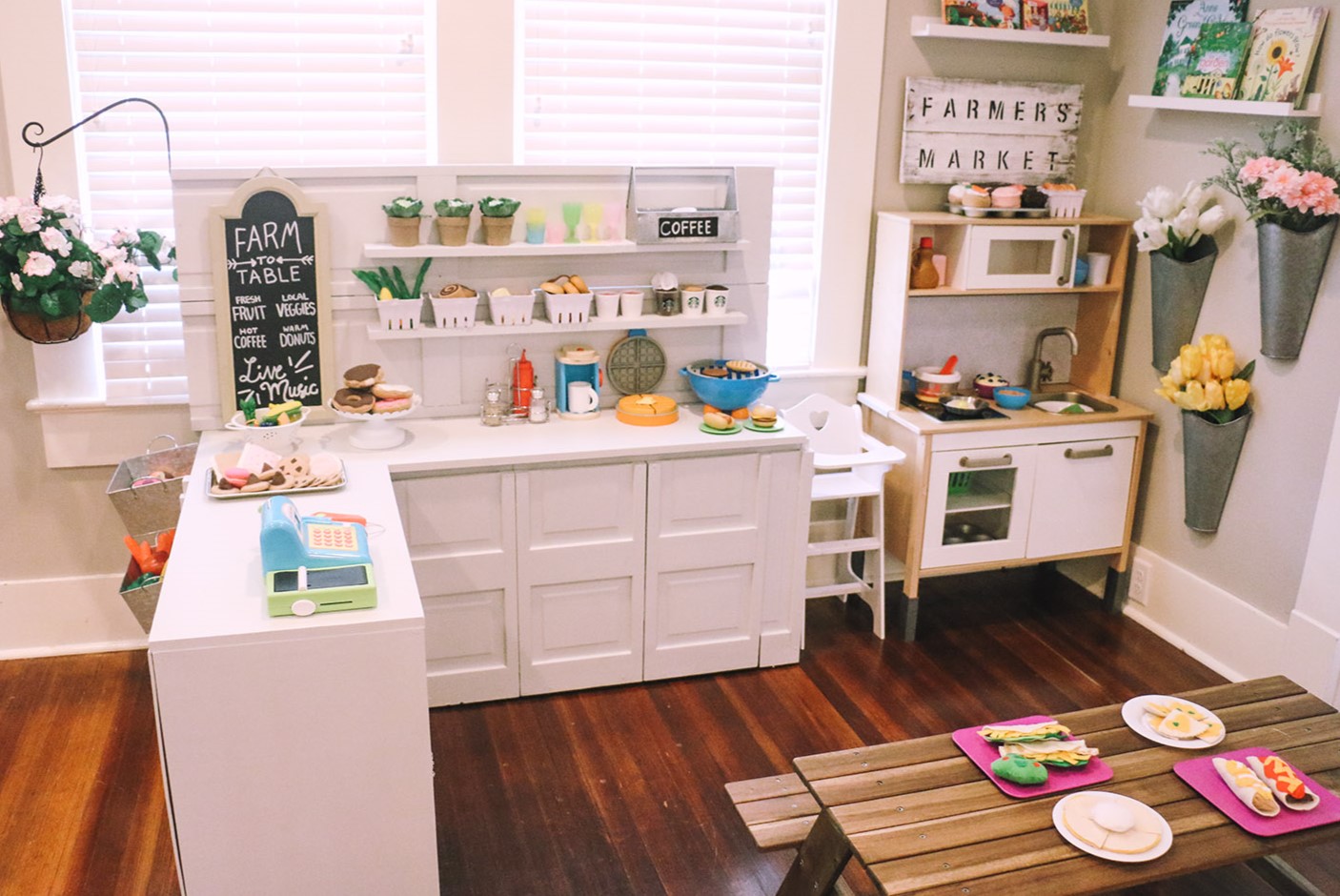
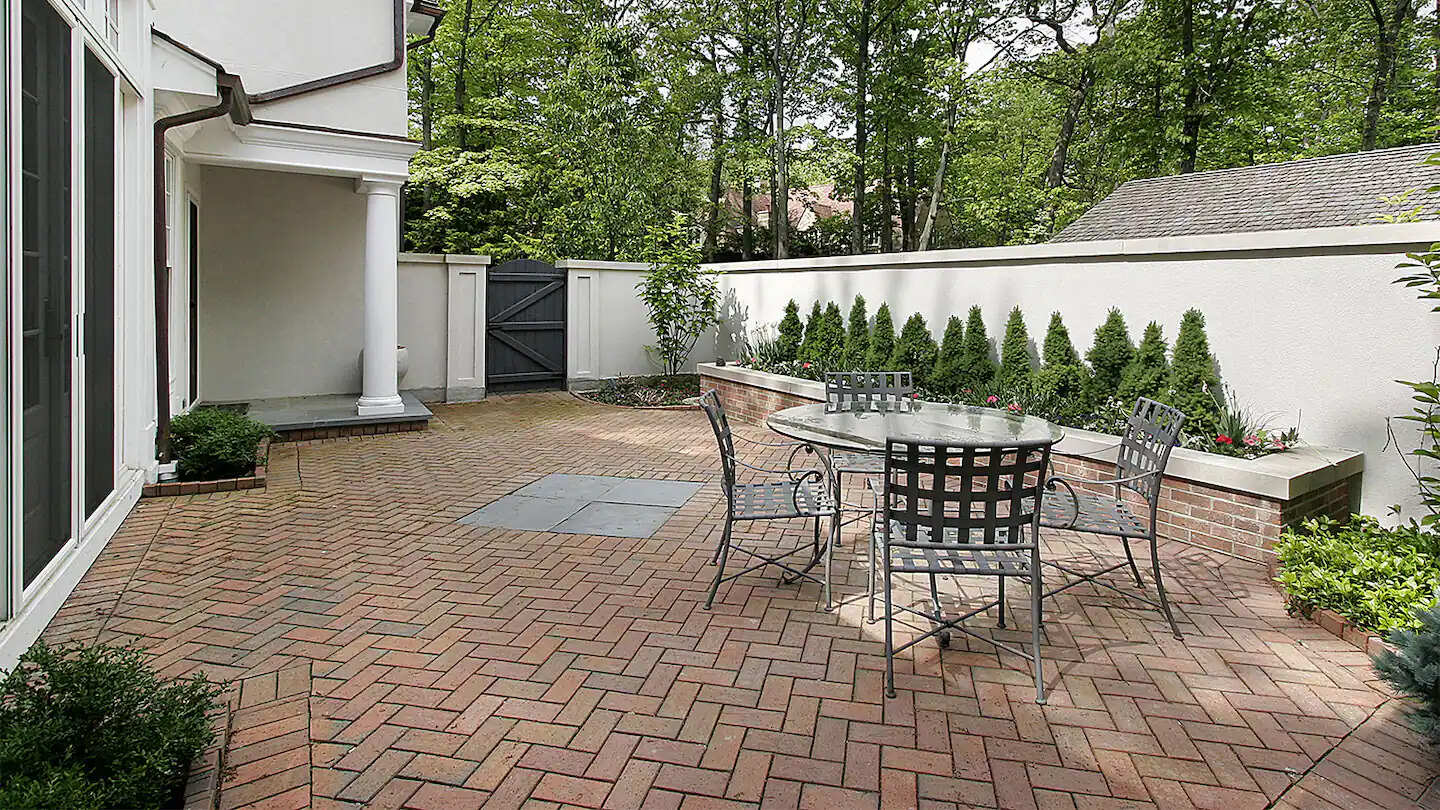
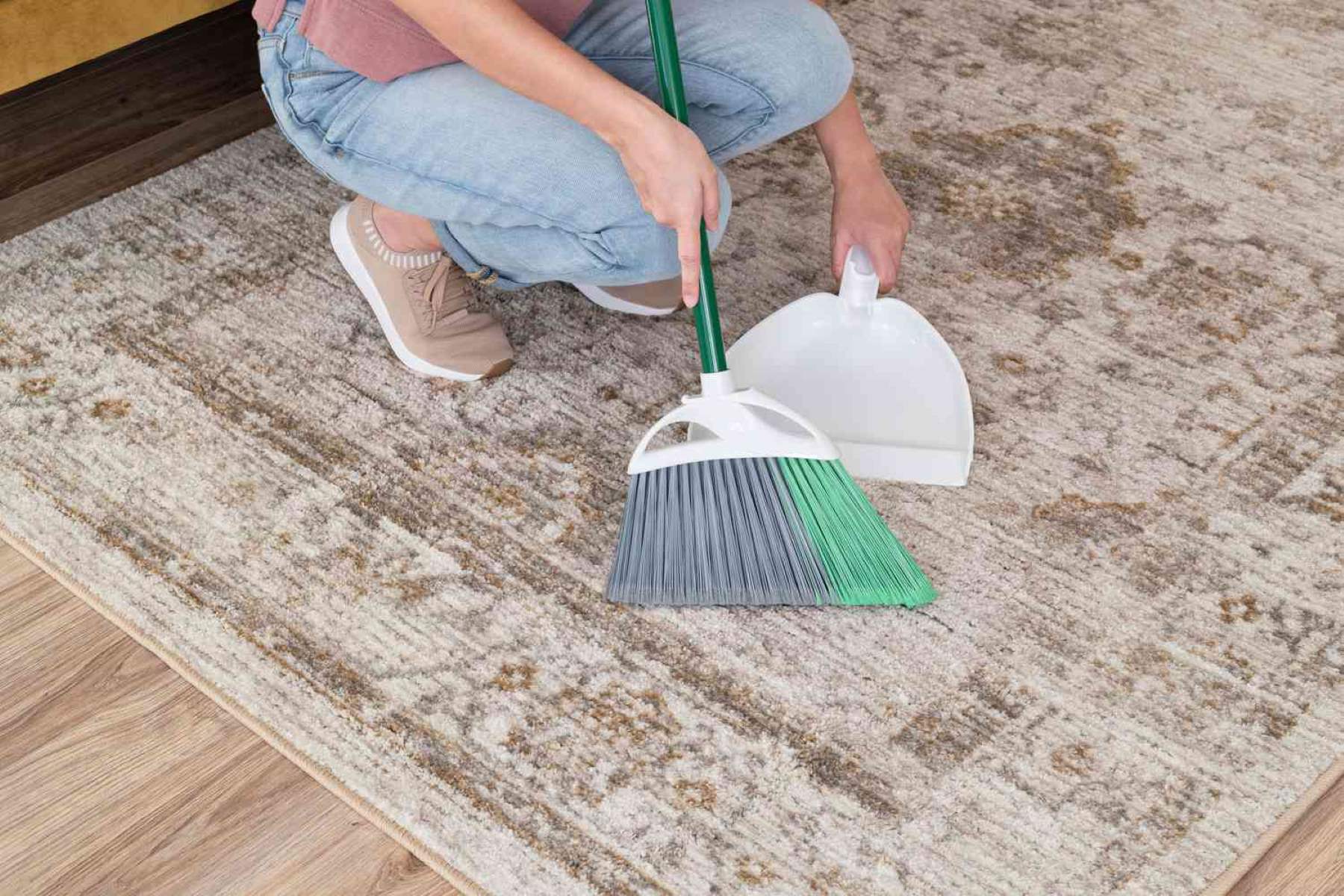
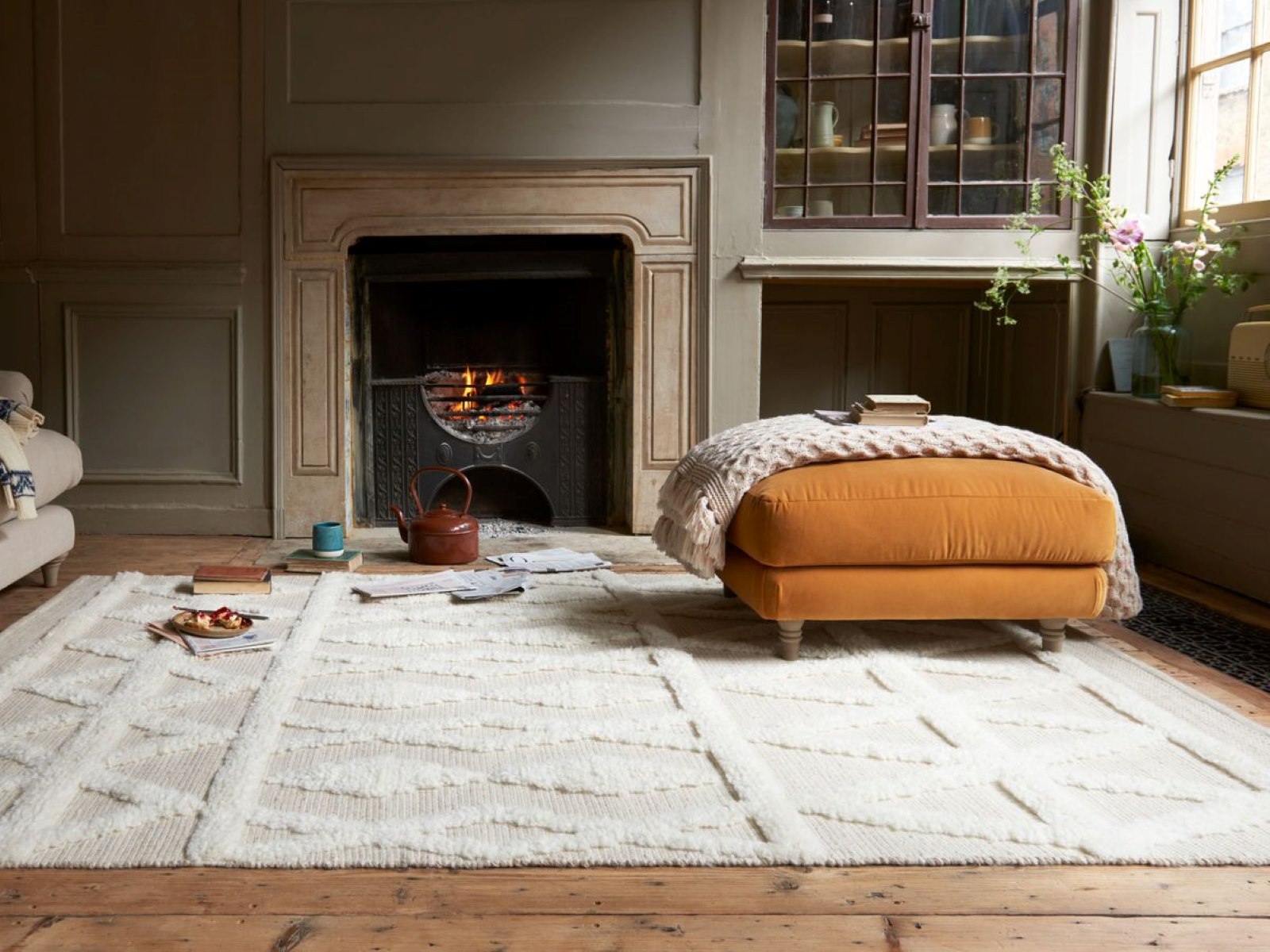
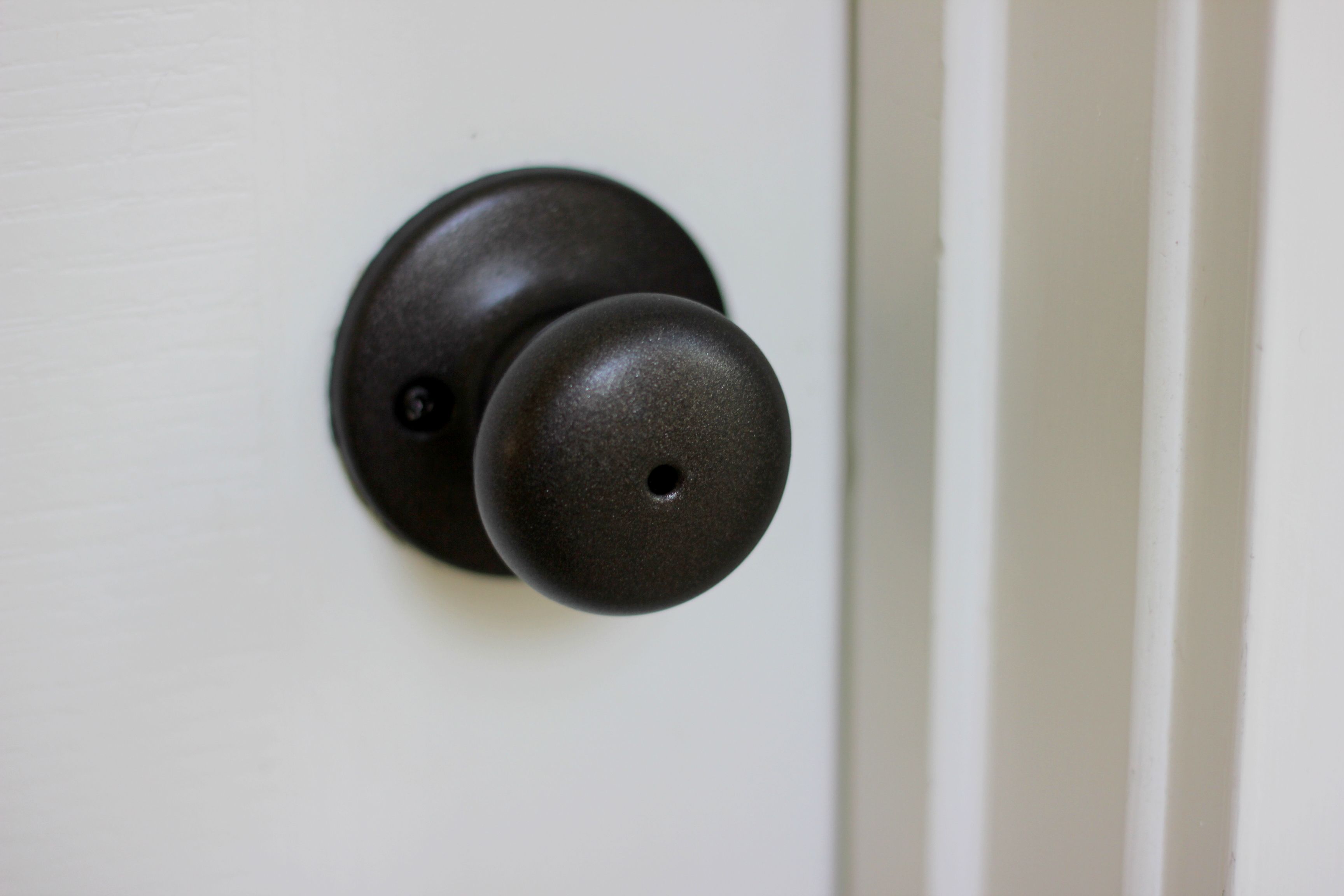

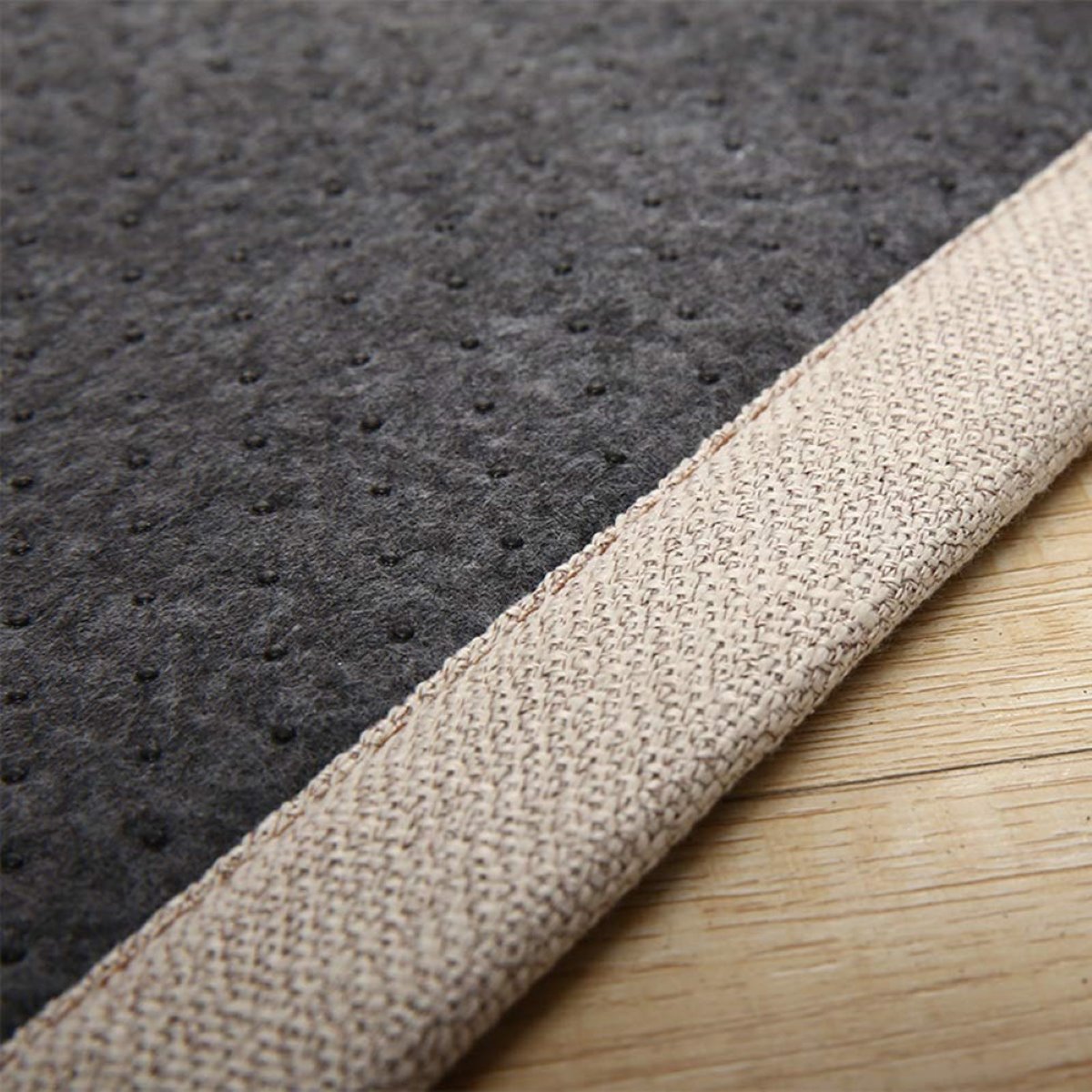
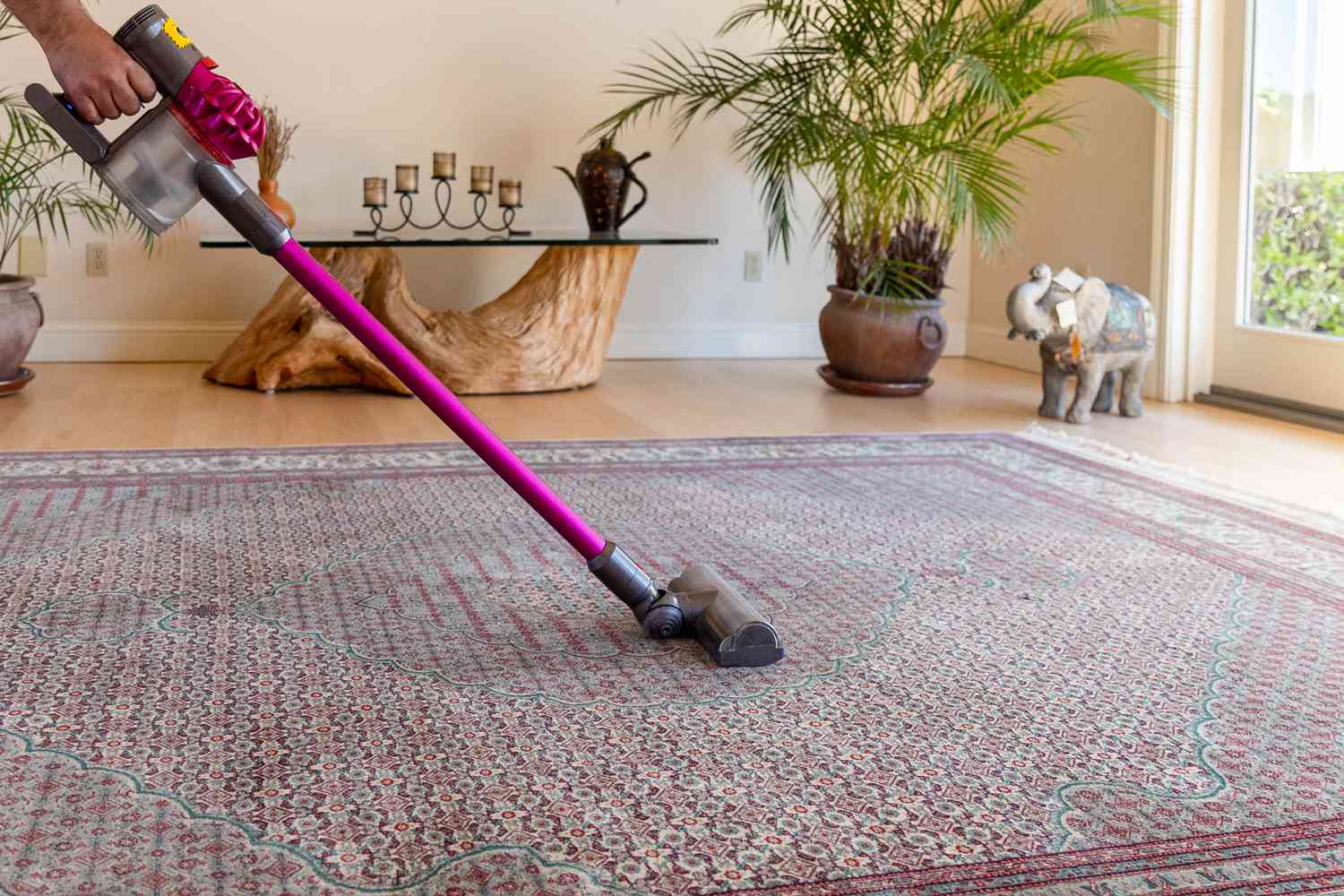
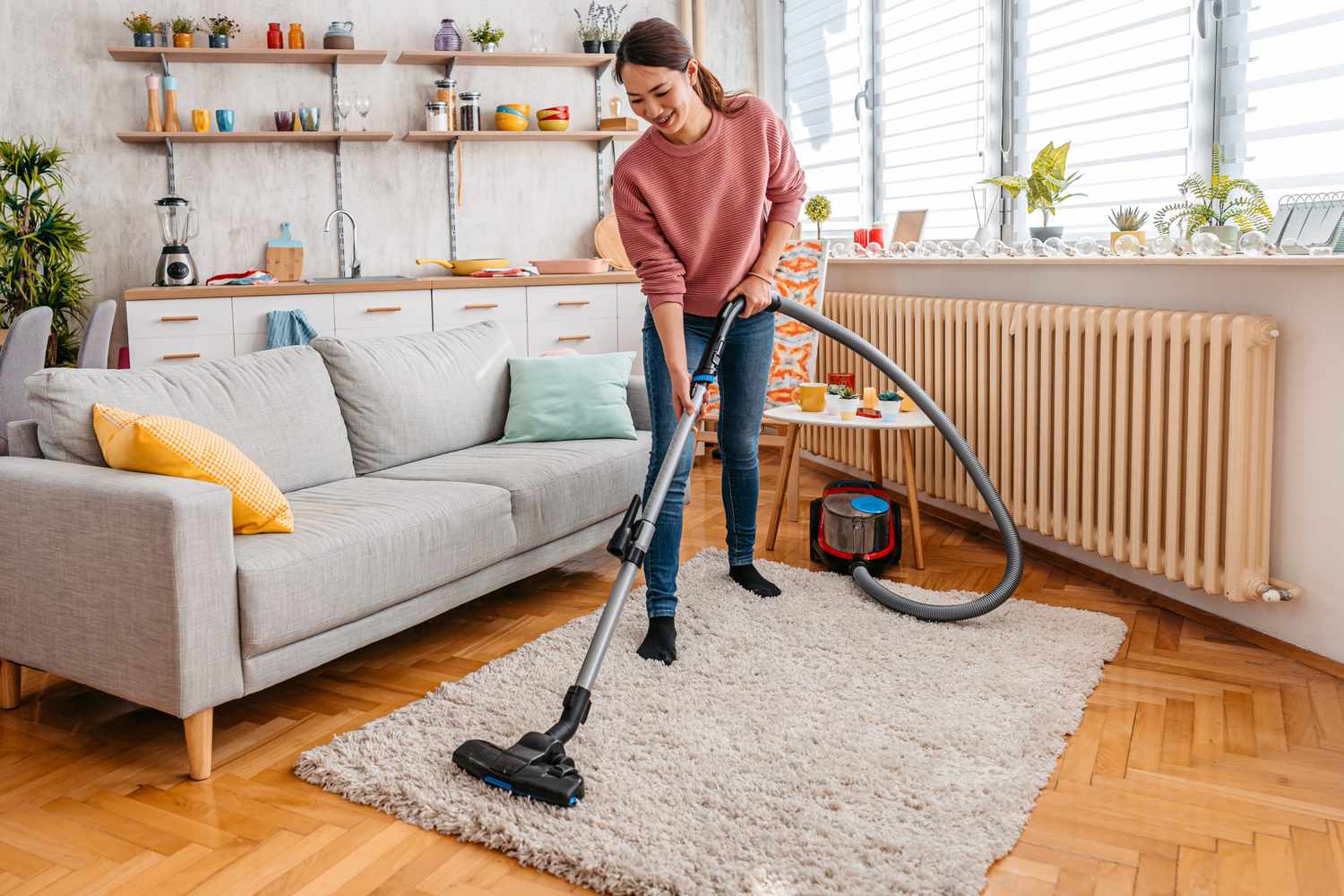
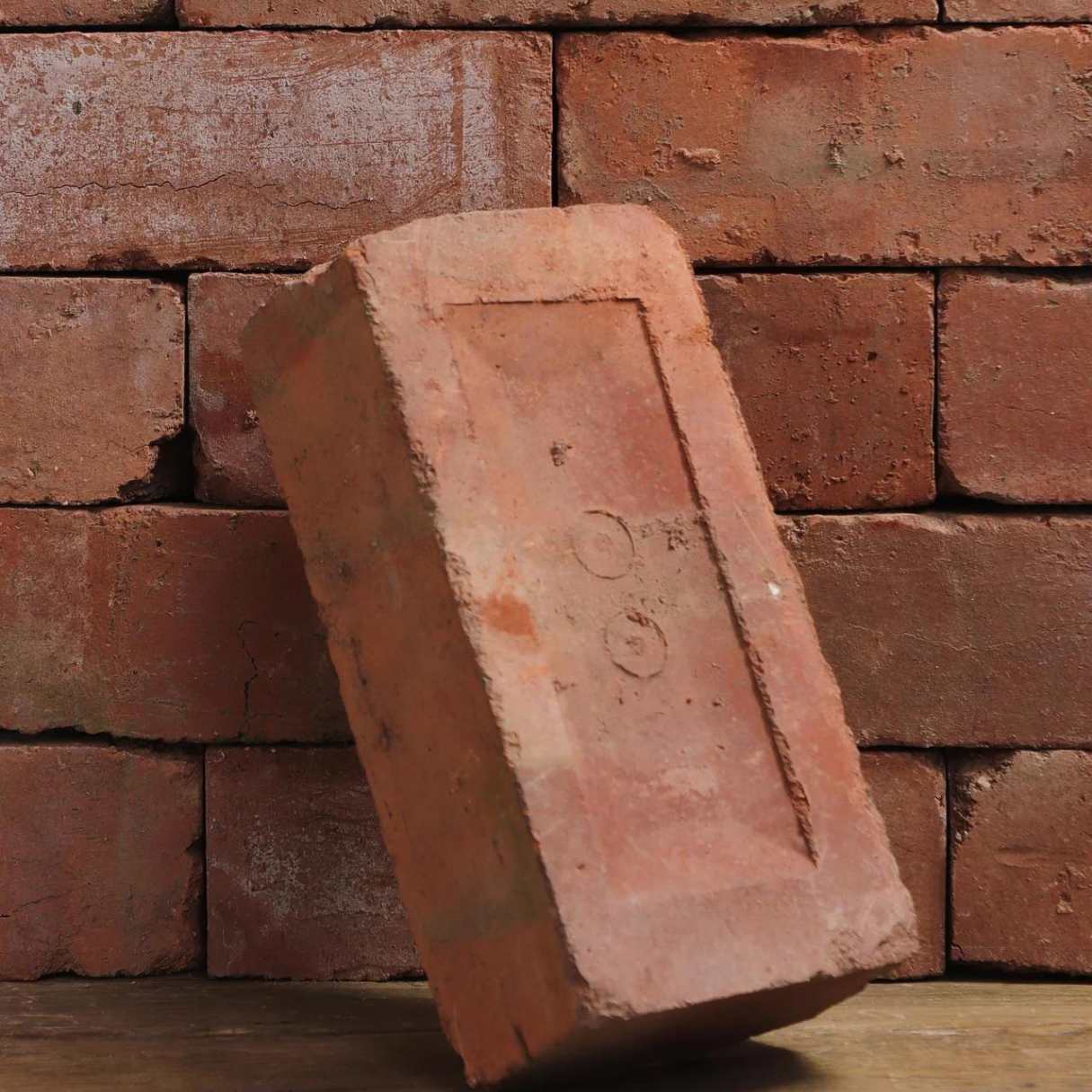
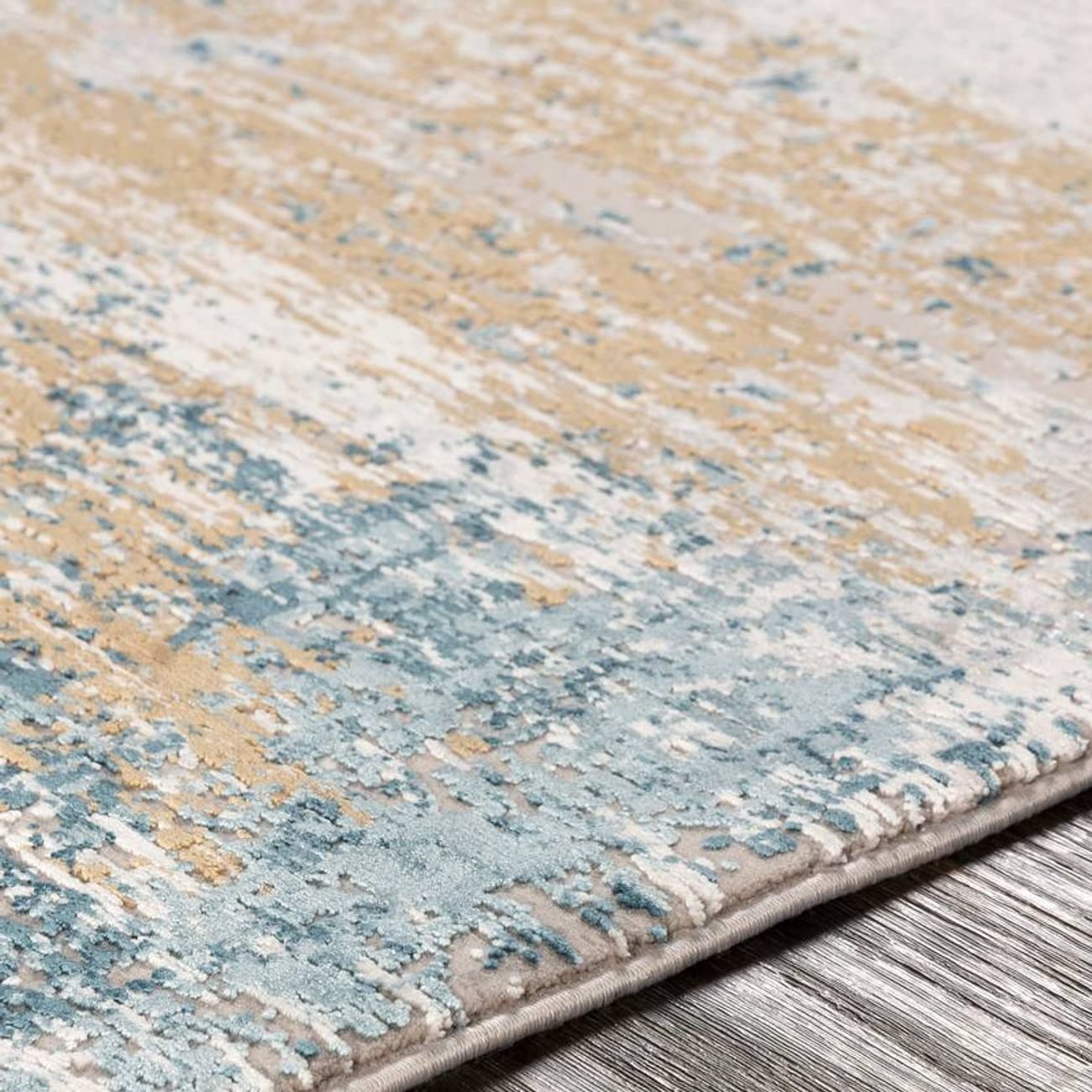
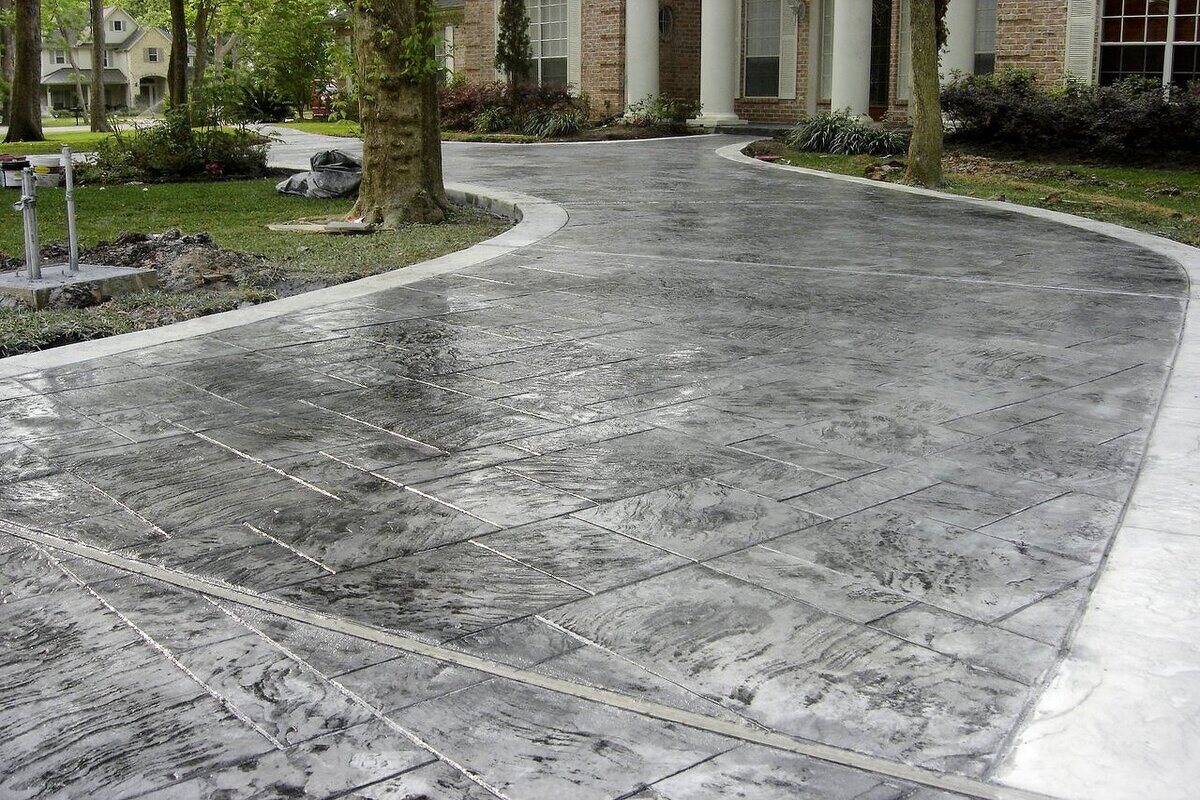
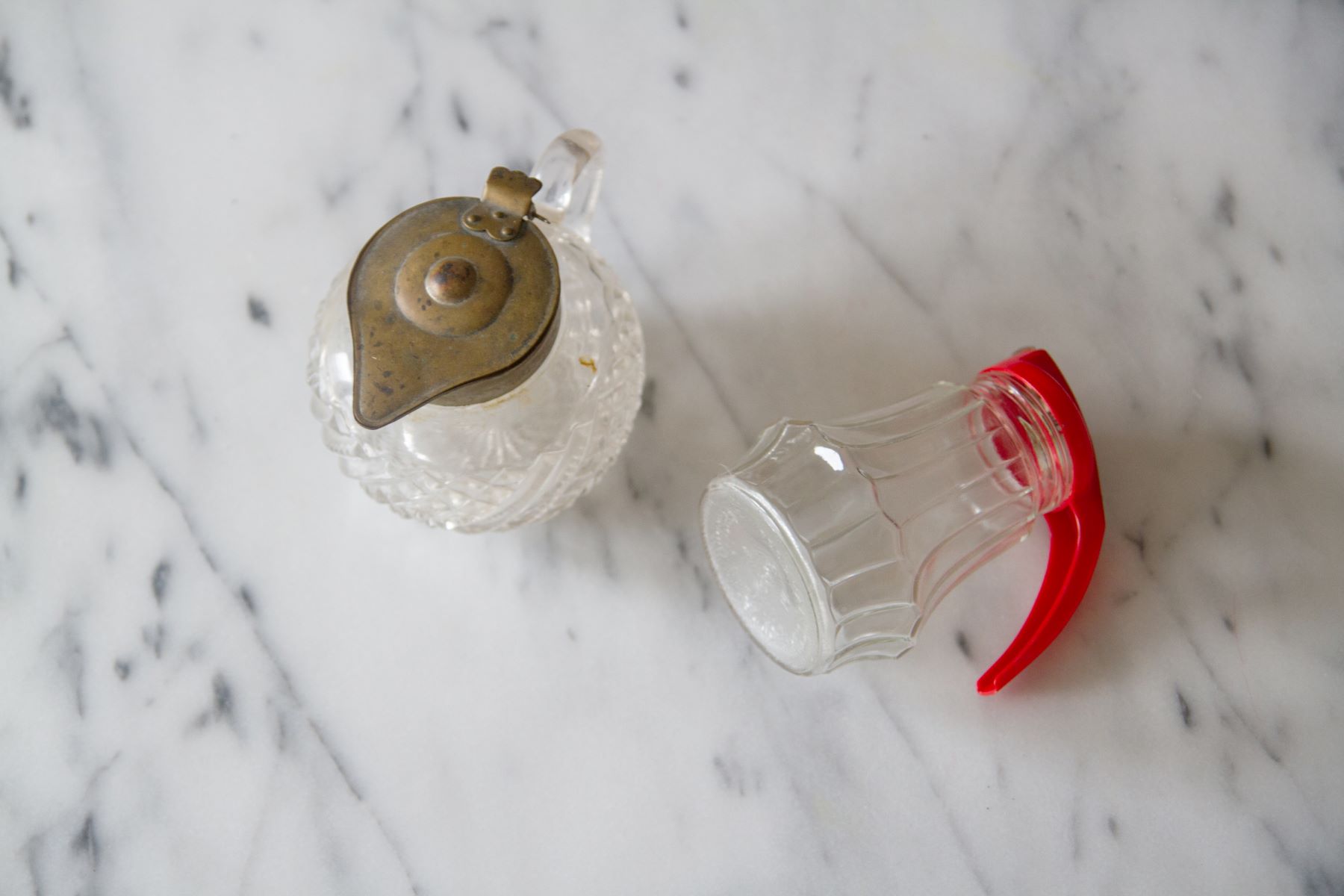

0 thoughts on “How To Clean An Area Rug To Make It Look Like New Again”